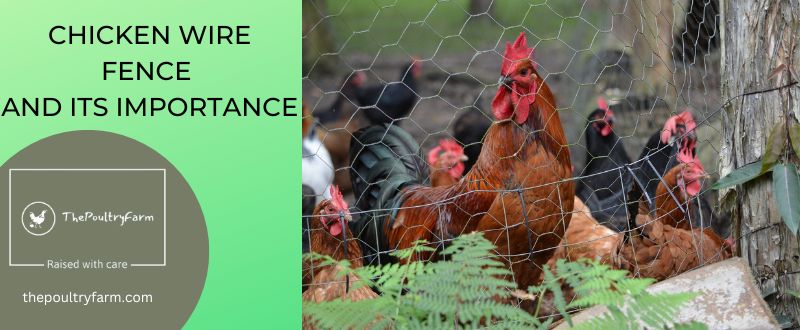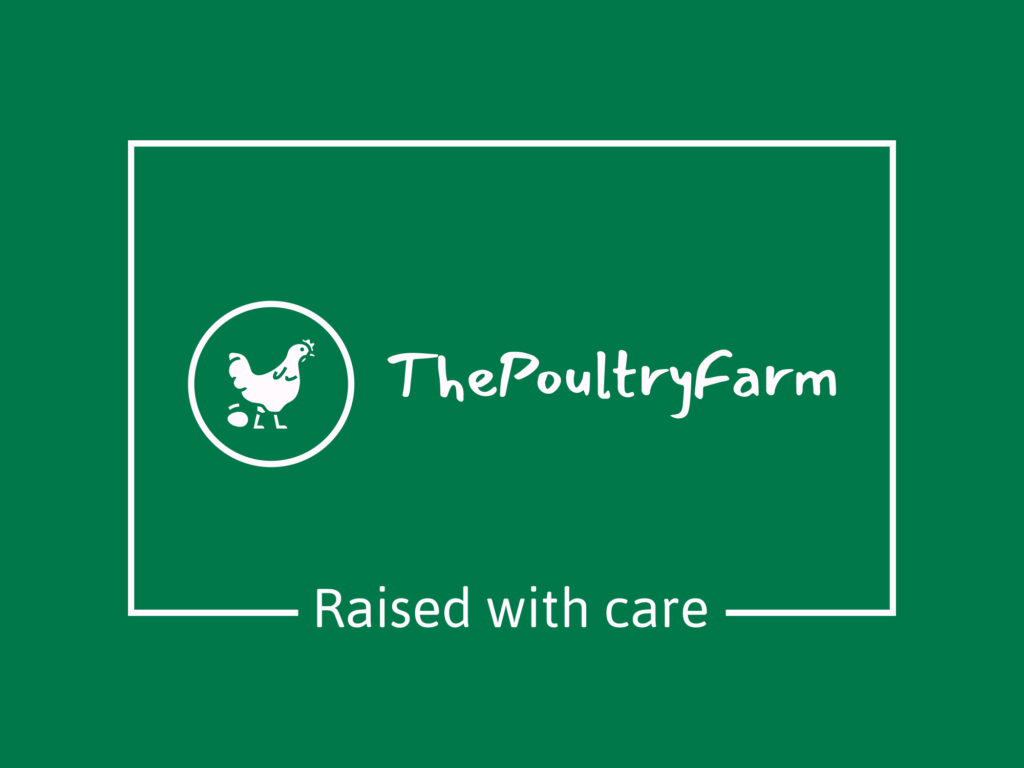
Do you have a chicken wire fence? If not, you may want to consider getting one. A chicken wire fence is an important part of raising poultry. It helps keep your chickens safe and secure, and it also helps protect them from predators. In this blog post, we will discuss the importance of chicken wire fences and provide some tips on how to install them correctly.
What is a chicken wire fence and what are its benefits
Chicken wire fences are made of galvanized wire mesh that is shaped into a hexagonal pattern. The holes in the fence are usually small enough to keep out predators like raccoons, hawks, and foxes. Plus, these fences help contain chickens within a certain area, which is important for keeping them safe from harm. Chicken wire fences are also easy to install, and they provide a great way to keep your flock of birds safe from predators.
Different types of chicken wire fence
are available. A common type of chicken wire fence is a hexagonal mesh fence that consists of several layers of metal wire woven together. This type of fencing provides an effective barrier against predators, but it is also fairly lightweight and easy to install. Another popular type of chicken wire fence is the T-post design, which uses posts made from steel rods and galvanized wire mesh. This type of fencing is slightly heavier and more difficult to install, but it provides a stronger barrier against predators.
Other types include the electric fence, which is made from metal posts and electrified chicken wire. This type of fencing provides a strong barrier against predators and also helps keep chickens contained within a certain area. If you are looking for a secure option to keep your flock safe, this may be the right choice for you.
Alternative of chicken wire mesh
Though chicken wire mesh is an essential item for keeping the poultry if you have a low budget there are alternate fencing options available. These alternatives may not be as strong or secure as chicken wire fencing, but they can provide a good level of safety and containment for your chickens. Popular alternative fencing materials include the plastic mesh, netting, and even bamboo screens.
These fence types are less expensive than traditional chicken wire mesh fences, and they can also provide the required safety to the chicks.
Supplies you will need to install chick wire fence
Before you install a chicken wire fence, make sure to gather the necessary supplies. This will include
- chicken wire mesh
- posts
- fasteners
- and other tools that may be necessary for installation.
Make sure to measure the area where the fence will be installed so you have an accurate estimate of how much material you will need.
Chicken wire fence installation
When installing chicken wire fences, it’s important to ensure that the mesh is tightly woven, as this will help prevent predators from getting into the area. Additionally, you should make sure that the fence has been securely fastened to posts or walls. If the fence isn’t installed correctly, then it won’t be able to provide the necessary protection for your poultry.
It’s also important to use good quality wire when installing chicken wire fences. Cheap materials will not provide as much protection from predators, and they may also rust over time. Additionally, make sure to get the right size wire for your flock. You don’t want to have a wire mesh that is too small or too large as this can also compromise the safety of your chickens.
Finally, keep in mind that chicken wire fences should be regularly inspected and maintained so they remain secure and effective. Check for any damage or signs of wear, and make sure to repair any issues as soon as possible.
Why every poultry farmer should have a chicken wire
fence
Having a chicken wire fence is essential for any poultry farmer. Not only does it help to keep your flock safe from predators, but it also helps contain them in an area so they can’t wander off and get lost or hurt.
Tips for keeping your chickens safe with a chicken wire
fence
Overall, chicken wire fences are an important part of raising poultry. They help keep your chickens safe from predators and other hazards, and they provide a great way to contain them within a certain area. When installing the fence, make sure to use quality materials and to follow the installation instructions carefully for optimal protection. Lastly, remember to regularly check on and maintain your chicken wire fence so it can continue providing the necessary safety and security for your birds.
Conclusion
No matter what type of fencing you choose, it’s important to make sure that it is installed correctly and in good condition. Additionally, be sure to regularly inspect the fence for any damage or signs of wear. By following these simple tips, you can help keep your chickens safe and secure with a chicken wire fence.
FAQs
Q: What are the supplies I need to install chicken wire fence?
A: You will need chicken wire mesh, posts, fasteners, and other tools that may be necessary for installation.
Q: Are there alternatives of chicken wire fencing available?
A: Yes, popular alternative fencing materials include plastic mesh, netting, and bamboo screens.
Q: How often should I inspect my chicken wire fence?
A: Chicken wire fences should be regularly inspected and maintained to ensure they are secure and effective. Check for any damage or signs of wear, and make sure to repair any issues as soon as possible.
Q: Is chicken wire fencing suitable for all types of poultry?
A: Yes, chicken wire fencing is suitable for a wide range of poultry. Make sure to get the right size mesh for your flock so that it can provide adequate protection and safety.
Q: Are there any special tools necessary for installation?
A: You may need some basic tools such as pliers, wire cutters, and a drill. Additionally, make sure to measure the area where the fence will be installed so you have an accurate estimate of how much material you will need.
I am passionate about chickens and how best to raise a healthy flock. I have been raising chickens for over 10 years now, and I am always looking for new and innovative ways to keep my chickens happy and healthy. In addition to keeping my own flock, I also putting reviews on the essential products that are required to keep Chicken happy. I hope to help as many people as possible learn how to properly care for their chickens!
Leave a Reply
